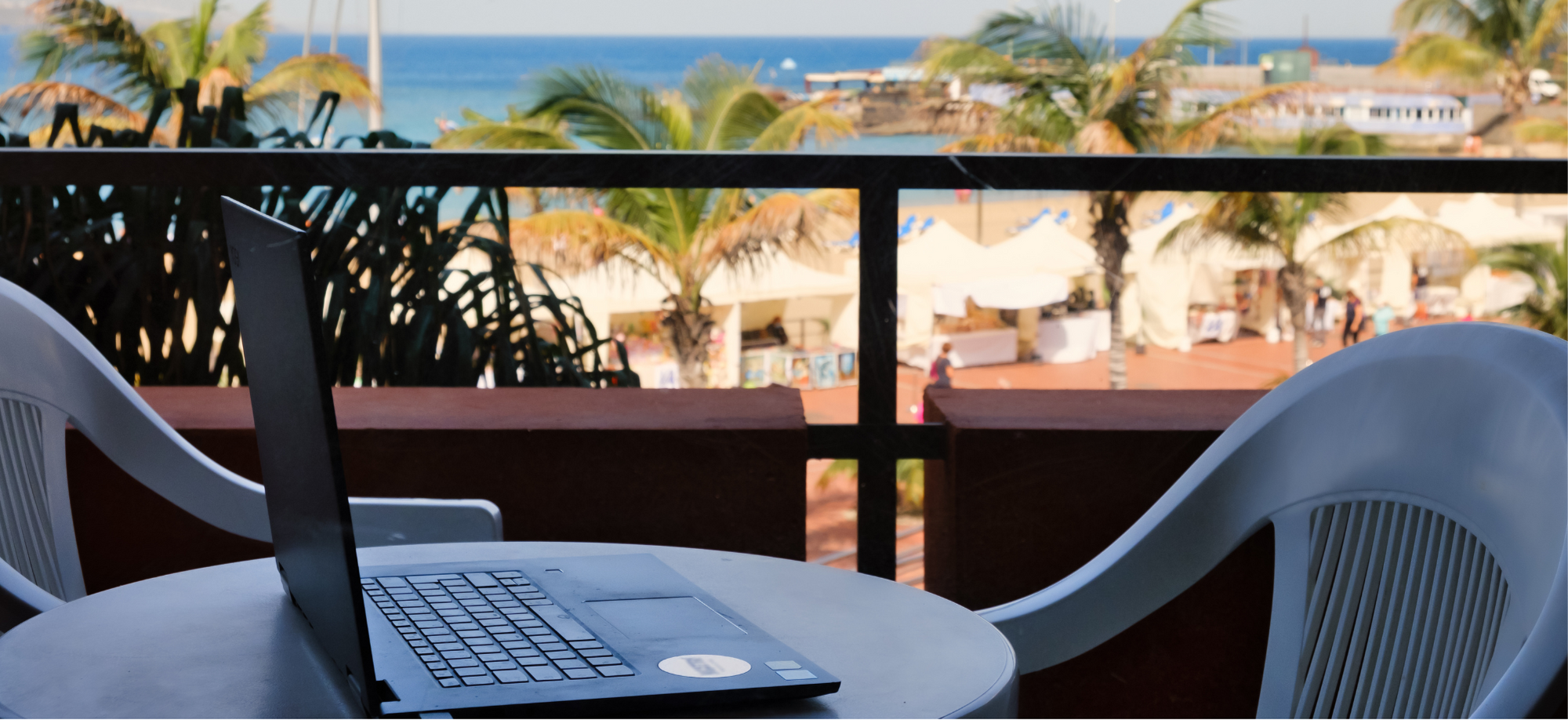
By: WAHVE Work At Home Vintage Experts
Let’s face it: working from home takes some getting used to. Depending on the type of employee, some use it as one long coffee break, or they simply don’t know when to switch off.
The majority of remote workers fall into that second camp, as statistics bear out. A recent Catalyst report shows that COVID-related work burnout was reported in 88.4 percent of survey respondents, with 60.7% of those reporting high levels of burnout.
Despite the positive benefits of remote work – feeling more innovative (63%); being more engaged in work (75%); feeling more included (93%), and; feeling more likely to remain committed to the organization – some workers are overdoing it.
More than just a few, it would seem. According to an Indeed.com survey, 52% say they have experienced or are experiencing burnout in 2021 – an increase over pre-COVID survey where just 43% felt burnout. And 67% believe burnout has worsened during the pandemic. They’re reporting working longer hours, and that, says 27% of survey respondents, is attributing to feeling burned out.
With so many of us working remotely, understanding how to prevent or alleviate burnout is critical.
Fortunately, just a few modifications in your workday – and your behavior – can bring more order to your day, and deliver a better work-life balance.
Setting Clear Work/Home Boundaries
To find that balance, you need to keep both areas of your life separate. But how do you do that when work and home are the same place? Start with creating boundaries.
Login/logout. When the computer/laptop is on, you’re working. That simple shift in thinking – and in presenting your boundaries to other people in the home – gives you a more defined mindset. When you logout, you’re now on personal time. Work cannot interfere.
Set regular hours. Set a work schedule. For instance, in by 8 am, out by 4 pm. Stick with your schedule as closely as possible. Establishing a routine creates a clear boundary between work life and personal life.
Reintroduce your “commute.” Before starting your day, go out for coffee, take a quick walk, or go for a short drive. Treat this as your psychological commute. You are leaving home, and arriving back at your work station. Create that mental separation between work and home, even if they are in the same location.
Schedule breaks. Working in an office is filled with breaks – chats with coworkers, coffee breaks, lunch breaks, even exercise breaks. When working remotely, schedule breaks throughout your day. Put them on your calendar and don’t allow anything to get in the way. Walk, stretch, get out of your workspace and do something that isn’t work-related. Two small breaks along with your lunch break can reset your balance.
Limit work-related communications to work hours. Work-related emails, texts, and calls should be restricted to work hours. Establish with your employer and colleagues when you’re available – put your availability in your signature. Anything that comes in after quitting time can wait.
The same goes for personal chores. The more that invade your work life, the longer your workday becomes and the more blurred the line between work and personal becomes. Limit errands to your breaks, and don’t allow family or partners to interrupt with personal issues. Save them for your breaks.
Log out at the end of your shift. Turn the machine down. Log off. Put away papers and stow the laptop. No matter how big or small your remote workspace is, putting work aside physically will help you put it away mentally, as well.
Ask for help. Your manager cannot know you’re overworked unless you say so. If you feel you’re unable to keep up with the amount of work coming in, schedule a conversation. Let your manager know what you can handle reasonably.
Ask for their support, and work with them to devise a more manageable workload.
Stay social. Believe it or not, plenty of burnout occurs when people feel isolated from coworkers and their employers. Stay connected to your coworkers. If you can’t meet in person, meet virtually. Have virtual happy hours, celebrate birthdays and milestones, or host a virtual game night. Reconnecting with your workmates can be energizing.
Moving Forward Confidently
Also, don’t forget to take time off. Use those mental health days, sick days, and vacation days to get away from work and recharge.
Burnout can be crippling and demoralizing. Combatting it with a plan that separates work from home, and puts limits on your availability, can protect both your work hours and your personal time.



